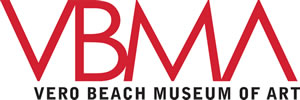October 25, 2025–January 11, 2026
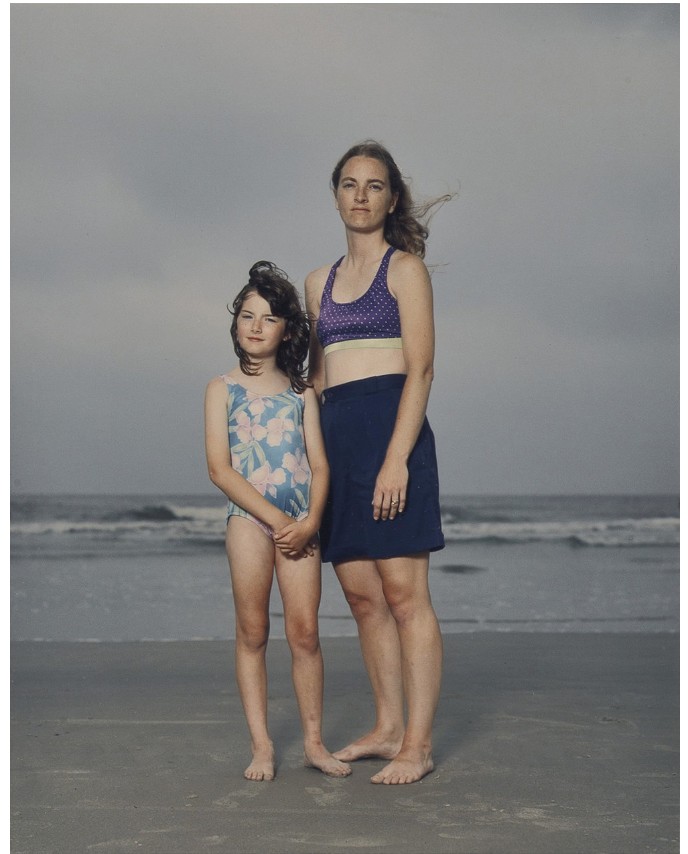
Rineke Dijkstra, Hilton Head Island, SC, USA, June, 1992, 1992. Chromogenic print: 9 ¼ x 7 ¼ inches. Collection of the Do Good Fund, Inc., 2015-058. © Rineke Dijkstra
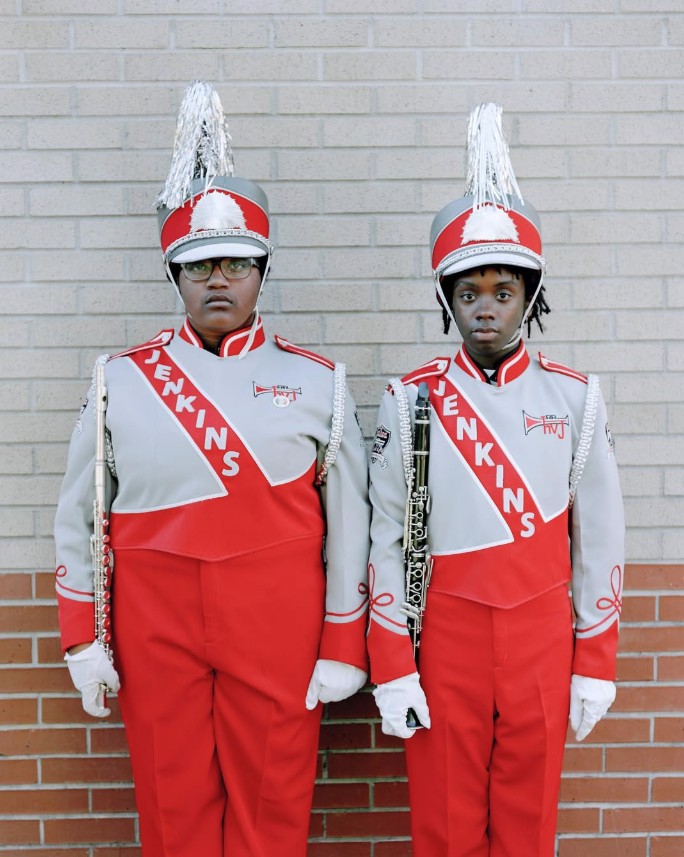
Eva Verbeeck, Jasmine and Carmen, age 16, 2019. Chromogenic print, 19 x 24 inches. The Do Good Fund, Inc., 2023-015.
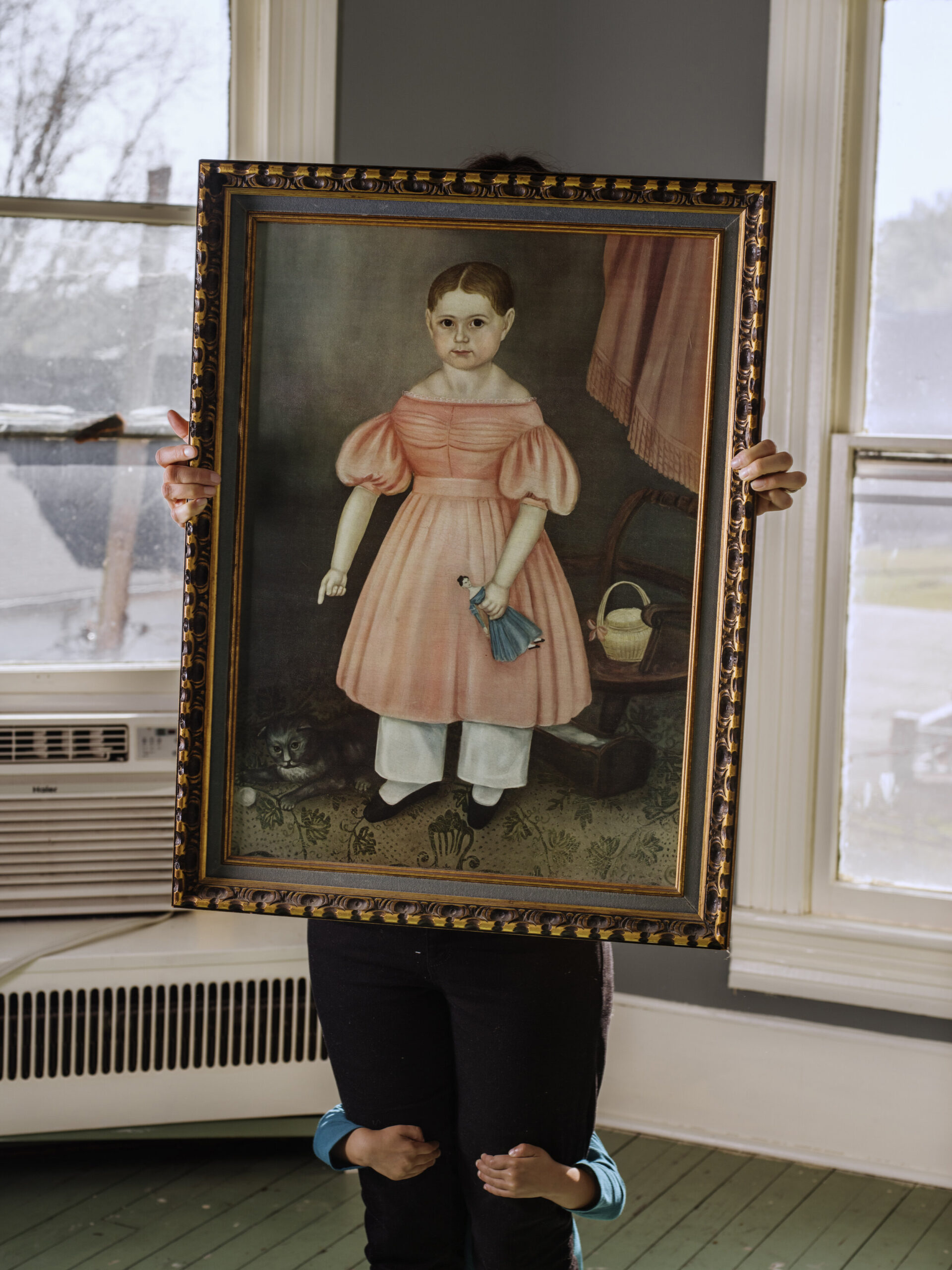
Carolyn Drake, Untitled from the “Knit Club” series, 2019. Archival pigment print, 16 x 20 inches. The Do Good Fund, Inc., 2019-012.
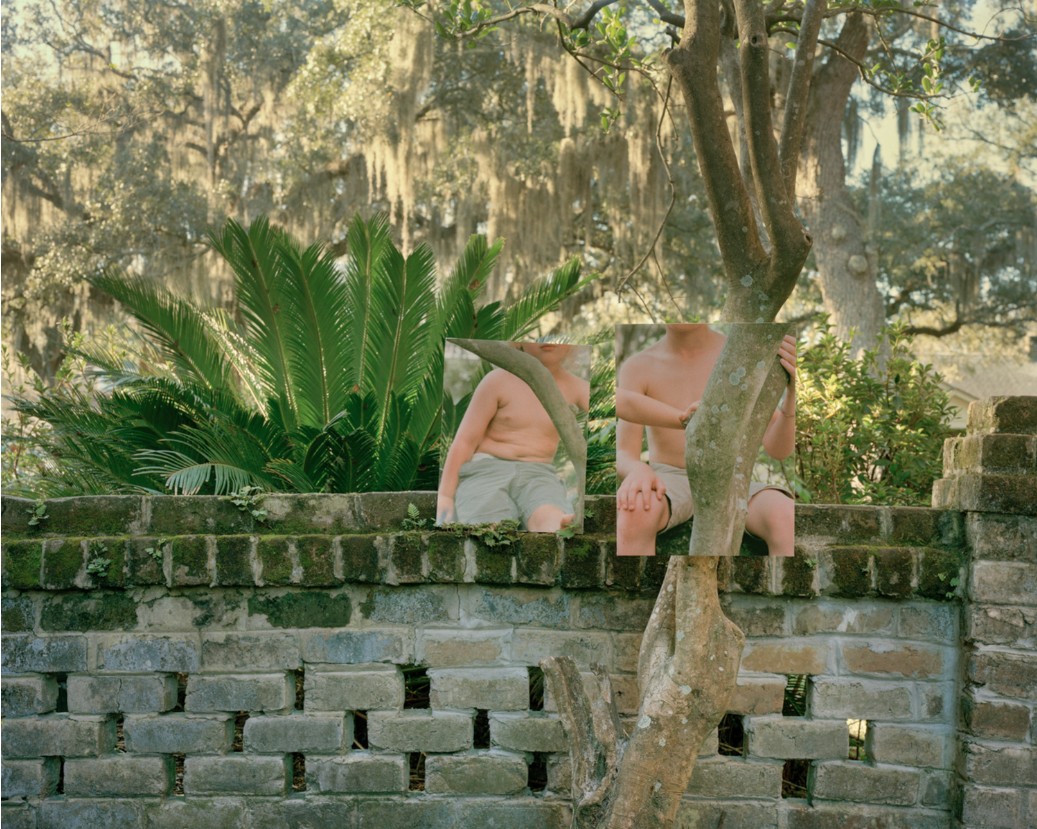
Emma Creighton Hopson, Summer Afternoon, 2020. Archival pigment print, 28 x 33 inches. The Do Good Fund, Inc., 2022-031.
Holmes Gallery
This exhibition features 47 photographs by 34 artists, each capturing the rich and ever-evolving American South through the concept of a “double portrait.” Divided into four thematic sections, the exhibition examines the diverse ways artists depict human connection, presence, and absence within a shared frame.
The first section explores traditional portraiture, showcasing works like Rineke Dijkstra’s, in which subjects are centrally framed, fully visible, and clearly identifiable as individuals. From here, the exhibition transitions to artists who incorporate vernacular photographic styles, often embracing a “snapshot aesthetic” to depict two people together in often casual or spontaneous moments. This approach highlights photography’s power to convey intimacy and emotional resonance.
The third section explores the themes of connection and care. A portrait featuring two people naturally suggests a story, as the viewer instinctively looks for meaning in their interaction. Even without knowing the subjects, subtle details—like a glance or a touch—convey a shared moment, offering deeper insight into the image’s significance.
The final section redefines the concept of the double portrait by showcasing unconventional examples. Figures may appear in mirrors, within photographs, or be represented by inanimate objects. These images challenge traditional portraiture, emphasizing presence through suggestion rather than direct depiction.
Together, these works demonstrate the many ways photography captures the complexities of human relationships, memory, and identity—offering a layered and multifaceted portrait of the American South.
Double Portraits was curated by VBMA Chief Curator Caitlin Swindell and organized by the Vero Beach Museum of Art with photographs on loan from the Do Good Collection.
